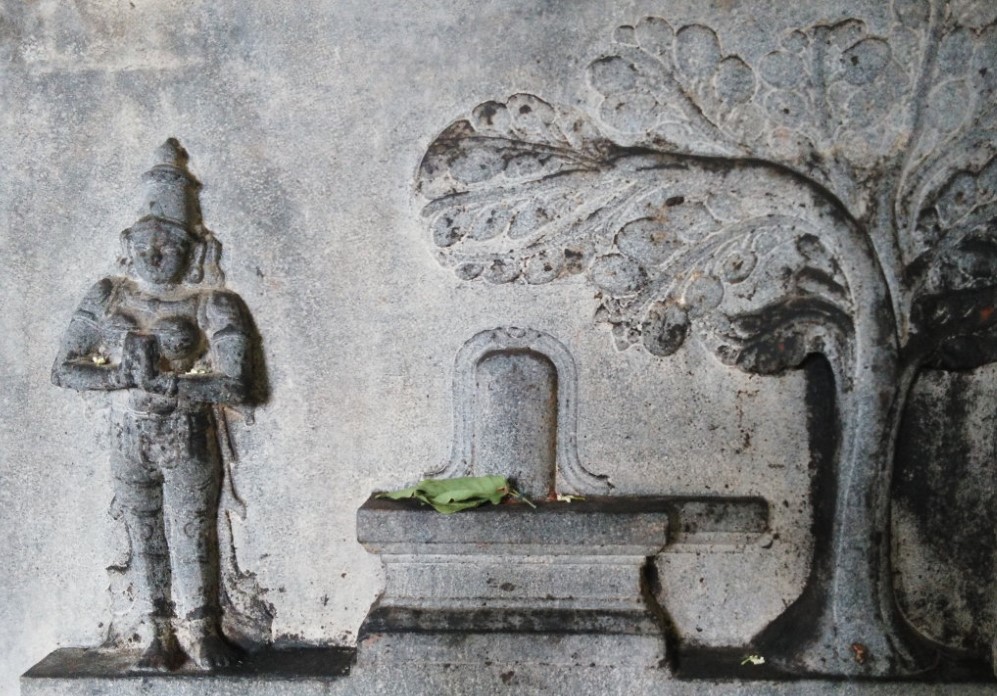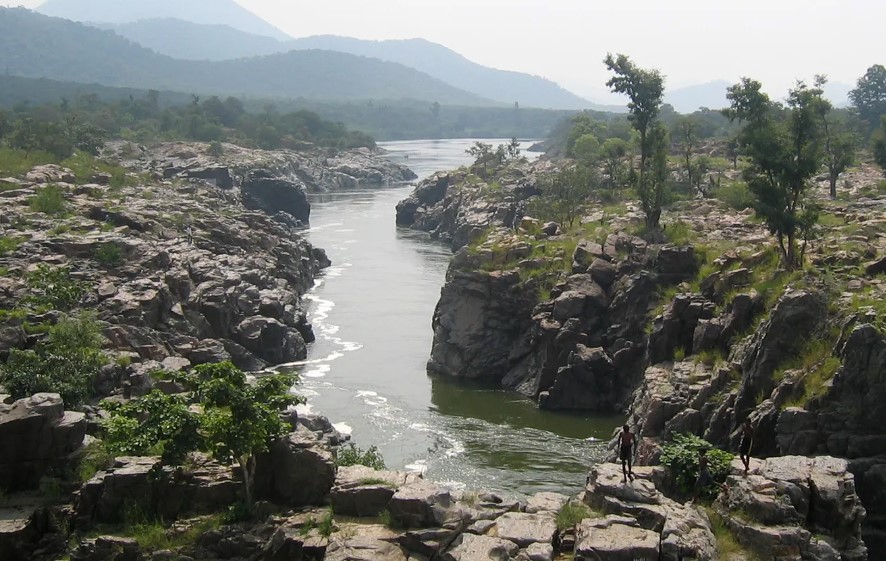- This is one of the 276 Devara Paadal Petra Shiva Sthalams and 57th Shiva Sthalam on the northern bank of the river Cauvery in Chozha Nadu (Vadakarai).
- This Temple is considered to be the 111th Devaram Paadal Petra Shiva Sthalam and 57th Sthalam on the northern side of River Cauvery in Chozha Nadu.
- The temple is said to be built by Parantaka Chola I during the 9th century.
- Lord Shiva is the presiding deity known as Sathya Vageeswarar / Brahmapureeswarar / Alanduraiyar faces east with his consort Goddess Soundaranayagi.
- Appar and Sambandhar have revered the temple in their verses in Devaram.
- Lord Shiva in this temple is a Swayambhu Murti (self-manifested).
- The last consecration ceremony (Maha Kumbabishekam) took place on 09.06.2004.
- Anbilanthurai is a combination of the name of this village “Anbil” and the name of this temple “Alanthurai”.
- This place is located on the northern bank of the river Coleroon (Kollidam), a tributary of the river Cauvery.
- There are some stone inscriptions in the temple which date back to the periods of Cholas and the Hoysalas.
- It is believed that this temple was originally a Maada Kovil (a temple built on a raised platform).
PURANIC SIGNIFICANCE:1
- It is believed that Chola King Paranthakan had brought some Jaimini Brahmins of Sama Veda to this village in order to recite “Saamaveda parayanam” in front of the Vinayakar.
- It is because of this that the idol of “Sevi Saitha Vinayakar” is also named as “Sama Veda Vinayagar”.
- This Vinayakar is also praised as “Sri Samakanam Ketta Vinayakar”.
PURANIC SIGNIFICANCE 2:
- According to legend, Saint Thirugnanasambandar was passing through this place and wanted to visit this temple.
- However, Lord Shiva was keen to test the saint’s devotion and caused heavy floods in the river Cauvery.
- Since the saint was unable to reach this temple, he sang his song from the other side of the river.
- The interesting thing to note here is Lord Vinayakar’s reaction to the saint’s song.
- He bent down to a half-sitting posture, turned his ears to the direction of the sound and enjoyed the hymns with a smile.
- Hence this Lord Vinayakar is known as “Sri Sevi Saitha Vinayagar” (“Sevi” means ear, “Saitha” means leaning in Tamil).
- This idol is a masterpiece of this temple’s architecture.
- The idol of Sri Sevi Saitha Vinayagar can be seen near the Vinayakar shrine in the corridor.
- This Vinayakar is also known as “Ilaya Pillaiyar”, meaning young Pillaiyar.
PEOPLE WHO WORSHIPPED HERE:



- Another legend associated with this temple is that Lord Brahma worshipped Lord Shiva here.
- Hence, Lord Shiva is praised here as “Sri Brahmapureeswarar.
- It is believed that Saint Vageesar also worshipped Lord Shiva here.
- Hence, Lord Shiva here is also praised as “Sri Satyavageeswarar”.
- It is believed that Goddess Parvathy, Iyyanar and the Navagraham have worshipped Lord Shiva here.
- There are exquisite carvings on all the pillars and the side walls of the temple which show multiple devathas praying to Shiva like agni Chandra, parvathy, Vyagrapada, brahma , Surya ,Nagas,etc
ADMINISTRATION:
This temple is under the administrative control of the Hindu Religious and Charitable Endowments Department of Government of Tamil Nadu (HR&CE).
68592e.jpg)

